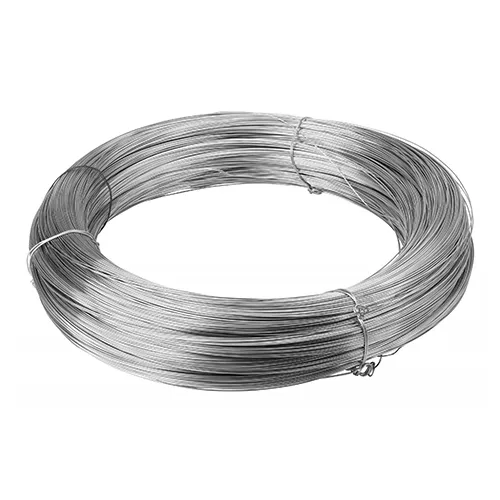-
 Phone:
Phone: -
 Email:
Email:

barbed wire price
The Dynamics of Barbed Wire Pricing Factors and Trends
Barbed wire, an essential material for fencing and security applications, has seen fluctuating prices driven by various economic and environmental factors. As the global demand for agricultural, industrial, and security solutions rises, understanding the intricacies of barbed wire pricing becomes increasingly relevant. This article delves into the key factors influencing barbed wire prices and explores the current trends in the market.
Understanding Barbed Wire
Barbed wire, typically made of steel, features sharp spikes or barbs that deter intruders and protect properties. It's widely used in agriculture to contain livestock, in industrial settings for safety, and in residential areas for added security. The material's versatility and effectiveness have solidified its status as a staple fencing solution worldwide.
Key Factors Influencing Barbed Wire Prices
1. Raw Material Costs The primary component of barbed wire is steel. Fluctuations in steel prices significantly impact barbed wire costs. The steel market is influenced by several factors, including global supply and demand dynamics, production levels in major steel-producing countries, and changes in input costs such as iron ore and scrap metal.
2. Transportation and Logistics The cost of transporting raw materials and finished goods also affects barbed wire prices. Increased fuel prices, logistical challenges, or trade regulations can raise transportation costs, which are typically passed on to consumers. For instance, recent disruptions in global shipping due to geopolitical tensions or pandemics have resulted in delays and increased freight costs, which have further escalated prices.
3. Market Demand Demand for barbed wire is closely tied to agricultural and construction activities. In regions experiencing growth in farming or urban development, there is often an uptick in demand for fencing materials. Conversely, economic downturns can lead to decreased demand as construction projects get postponed or scaled back.
barbed wire price

4. Regulatory Factors Environmental regulations and trade policies can also influence pricing. For example, stringent regulations concerning the production and use of certain types of steel can result in increased production costs. Additionally, tariffs on imported steel can raise prices domestically, affecting overall market conditions for barbed wire.
5. Seasonal Fluctuations The construction and agricultural sectors often experience seasonal variations. For instance, spring and summer months typically see heightened demand for barbed wire as farmers prepare for planting and ranchers seek to manage livestock. This seasonal surge can temporarily elevate pricing.
Current Market Trends
As of late 2023, barbed wire prices have been subject to multiple pressures, though recovery from pandemic-related disruptions is noted in various markets. Analysts suggest that the post-pandemic construction boom has contributed to increased demand as infrastructure projects are revived and expanded. This demand, coupled with the ongoing volatility in raw material costs, has created an environment of fluctuating prices.
Moreover, sustainability concerns are prompting some manufacturers to innovate. The transition toward recycled steel and eco-friendly production methods is slowly gaining traction in the industry. While these practices can sometimes lead to higher initial costs, they may also result in long-term savings and enhanced market appeal.
Future Outlook
Looking ahead, the barbed wire market is expected to remain dynamic. Analysts predict that pricing will continue to be influenced by the volatility of raw material costs, shifts in consumer demand, and evolving regulatory landscapes. With the increasing focus on sustainability, the introduction of alternative materials and production methods may reshape the industry's cost structures.
In conclusion, the price of barbed wire is a reflection of a complex interplay of factors, from raw material costs and transportation logistics to seasonal demand and regulatory influences. As industries and consumers navigate these dynamics, staying informed about market trends can offer insights into future pricing scenarios. Understanding these elements not only equips buyers with better negotiation power but also aids manufacturers in strategizing their production and market approach to thrive in an ever-evolving landscape.
-
Wire Mesh for Every Need: A Practical SolutionNewsJul.25,2025
-
Steel Fences: Durable, Secure, and Stylish OptionsNewsJul.25,2025
-
Roll Top Fencing: A Smart Solution for Safety and SecurityNewsJul.25,2025
-
Cattle Farm Fencing Solutions for Maximum SecurityNewsJul.25,2025
-
Affordable Iron Binding Wire SolutionsNewsJul.25,2025
-
Affordable Galvanized Wire SolutionsNewsJul.25,2025
-
Wire Hanger Recycling IdeasNewsJul.25,2025








